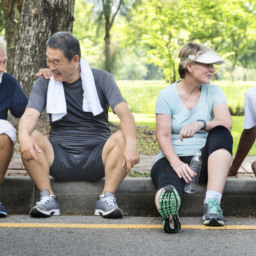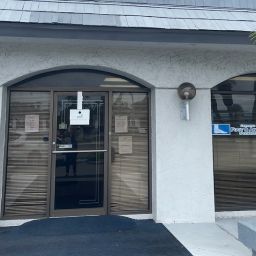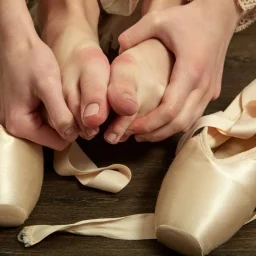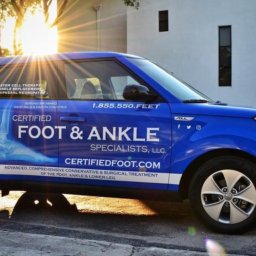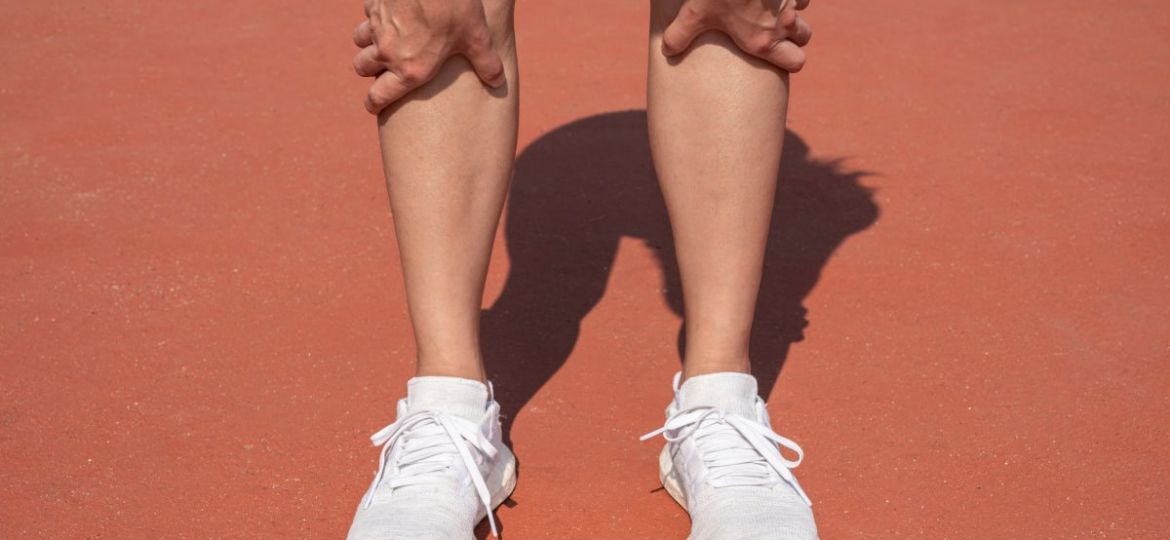
In the intricate network of muscles that power our movements, the Tibialis anterior stands out as a pivotal player. Nestled along the front of the shin bone, or tibia, this muscle quietly orchestrates crucial actions that often go unnoticed—until something goes wrong. From helping us clear obstacles with each step to maintaining balance during standing, the Tibialis anterior plays a vital role in everyday movements. Join us as we delve into the anatomy, function, and common issues associated with the essential muscles on the shin bone.
What is a Tibialis Anterior Muscle?
The Tibialis anterior muscle plays a crucial role in the lower leg, contributing significantly to movement and stability. Located on the front of the shin bone (tibia), this muscle is responsible for dorsiflexion of the foot—lifting the toes towards the shin—and helps control the descent of the foot during walking and running.
Let’s Talk About The Lower Leg Anatomy and Muscles on The Shin Bone
Numerous muscles collaborate to create a dynamic network that provides precise control and strength in the lower leg. Let’s delve into their individual roles.
- Gastrocnemius muscle: This large, two-headed muscle forms the bulk of the calf and is responsible for plantar flexion of the foot, such as pointing the toes downward.
- Soleus muscle: Located deeper and underneath the gastrocnemius, the soleus muscle also contributes to plantar flexion and helps maintain posture when standing.
- Tibialis anterior muscle: Positioned along the front of the shin bone (tibia), the tibialis anterior muscle enables dorsiflexion of the foot, lifting the toes towards the shin.
- Extensor digitorum longus: This muscle runs along the front of the lower leg and extends the toes, aiding in actions such as walking and running.
- Extensor hallucis longus muscle: Located adjacent to the extensor digitorum longus, this muscle extends the big toe and is crucial for balance and propulsion during walking.
- Fibularis longus and Fibularis brevis muscles: Also known as peroneus longus and peroneus brevis, these muscles run along the outer side of the lower leg and stabilize the ankle, especially during movements that involve inversion and eversion.
These muscles on shin bone and lower leg, along with their associated tendons and ligaments, work together to facilitate various movements of the ankle, foot, and toes, ensuring stability and dynamic functionality during physical activities.
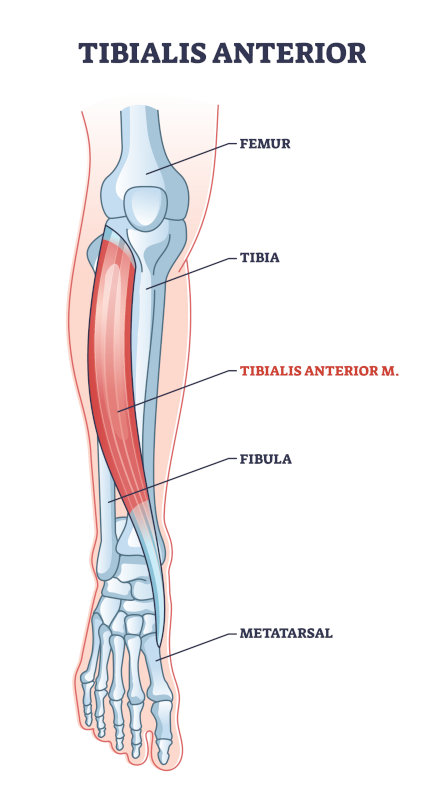
What are some risk factors associated with shin splints?
Shin splints, a common complaint among athletes and active individuals, stem from a complex interplay of factors affecting the lower leg’s biomechanics and structural integrity. From weight-bearing activities like running to the microscopic stresses that can lead to stress fractures in the shin bone (tibia), understanding the risk factors is crucial. Recognizing the early signs, such as tenderness along the inner edge of the shin bone and discomfort that eases with rest, can help mitigate symptoms before they escalate. Join us as we explore these risk factors and delve into strategies for prevention and management of shin splints.
- Weight bearing: Activities that involve repetitive weight bearing on the legs, such as running or jumping, increase the risk of shin splints.
- Stress fractures: Microscopic fractures in the shin bone (tibia) due to overuse or repetitive stress can contribute to shin splints.
- Muscles attachment: Poor biomechanics or improper footwear can place excessive stress on the muscles that attach to the tibia, like the Tibialis anterior, contributing to shin splints.
- Common symptoms of shin splints: Pain along the inner edge of the tibia, tenderness, swelling, and discomfort that worsens with activity and improves with rest are typical symptoms.
- Achilles tendon: Tightness or weakness in the calf muscles and Achilles tendon can alter biomechanics, increasing strain on the shin muscles and leading to shin splints.
What Are Some Exercises You Can Do to Improve Your Shin Splints and Muscles on the Shin Bone?
Yes, there are several exercises specifically targeted to help with shin splint recovery and prevention. Here are a few effective ones:
- Toe Raises: Stand with feet flat on the ground and slowly raise your toes, lifting them as high as possible while keeping heels on the ground. Hold briefly, then lower slowly. This strengthens the anterior tibialis muscle (shin muscle).
- Calf Raises: Stand on the edge of a step or sturdy platform with heels hanging off the edge. Then, you can rise up on your toes, and then come back down. This exercise strengthens the gastrocnemius and soleus muscles (calf muscles).
- Ankle Dorsiflexion: Sit on the floor with legs extended straight out. Loop a resistance band around the top of your foot and gently pull your toes towards you against the band’s resistance. This targets the tibialis anterior muscle.
- Towel Scrunches: Place a small sized cloth or towel and use your toes to move it up towards you. This exercise helps strengthen the muscles of the foot and lower leg.
- Eccentric Heel Drops: Stand on a step or platform with heels off the edge. Rise up on your toes with both feet, then slowly lower one heel down below the level of the step. Use the other foot to return to the starting position. This exercise helps with strengthening and stretching the calf muscles.
Keep in mind not to exert yourself, do them carefully and gradually. They can help improve muscle strength and flexibility, which are important for recovery and prevention of shin splints. Always consult with a healthcare professional or physical therapist for guidance tailored to your specific needs and condition.
At Certified Foot and Ankle Specialists, our dedicated team is well-equipped to address conditions like shin splints, leveraging advanced treatments and expertise in biomechanics to ensure swift recovery and long-term prevention. Whether through targeted exercises or personalized care plans, we’re committed to helping you regain strength and mobility, ensuring that every step forward is supported with confidence and comfort. Don’t let foot pain slow you down – schedule an appointment with our skilled Podiatrists in Palm Harbor or Boynton Beach, connect with our experienced podiatrists by clicking the link below or calling us at 561-369-2199.
